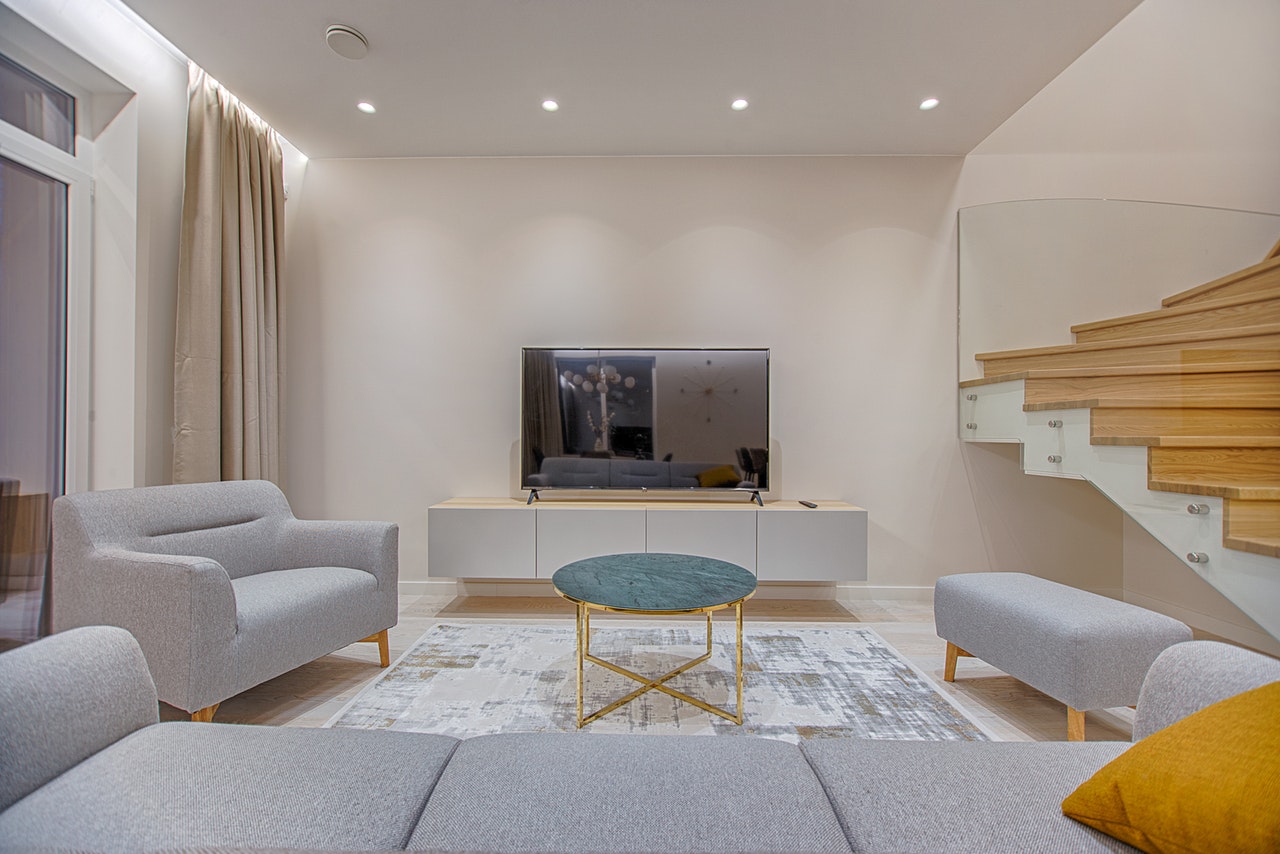Gypsum board is the common name among all the panel products. They are consist of primarily gypsum, non-combustible core, and a paper surfacing on the face, back side and long edges. All gypsum panel products mainly contain gypsum cores. Also, they can be confronted with a variety of different materials such as paper, fibreglass mats.
Gypsum board system is often known as drywall, plasterboard or gypsum wallboard. Gypsum board panel system completely differs from other types of panelling material such as fiberboard, hardwood and plywood. Due to non-combustible core and paper facers of gypsum board, they are more popular where fire resistance is required.
Advantages of Gypsum Board:
Gypsum board panels installed on walls or ceilings can have a number of notable advantages:
1. Versatility
Various element designs of architectural requirements can easily be achieved with gypsum board.
Due to primary qualities such as performance, availability, ease of application, ease of repair, and their adaptability in all forms of decoration; gypsum boards are incomparable to any other surfacing products.
2. Ease of Installation
Installation process of drywall or gypsum wallboard is much faster & easy.
They are available in lengths of 8, 10, or 12 feet and in width of 48 inches so best known to cover the large area of either drywall or ceiling compared to other materials.
They can be cut with either knife or a saw. During the installation process, only a few tools are required as it can be attached with a variety of fasteners, which includes nails, screws and staples. Gypsum board sheets are lightweight materials so they can also be adhesively attached to many surfaces. Due to light weight and large sizes available only few workers can handle the panels so labour cost gets decreased.
3. Fire Resistance
They are proven to be outstanding fire-resistive building material. Their non-combustible core restraints chemically combined water around 21%, as a result, when heat is high it releases steam. Consequently, where fire resistance classification is required, it is the most commonly used interior finish.
The study shows that steam will not exceed 100 degree Celsius providing under normal atmospheric pressure. This characteristic helps in retarding the transfer of heat and spread of fire.
Research conducted by gypsum board manufacturer in accordance with ASTM E 84 shows that it has a low flame-spread index and a low smoke-density index. This means gypsum board adequately protect other structural elements from fire for certain period of times.
4. Sound Isolation
Installing gypsum board on drywalls & ceilings effectively help in controlling sound transmission.
The designer of the building should consider the intended activities of the occupants, for instance, office space adjacent to manufacturing unit needs more noise reduction features than the ordinary buildings. Hence, installing gypsum board system can be a key consideration in preventing the transfer of unwanted sound and noise to adjoining areas.
Also Read: Things to Know About False Ceiling for Your Interior!
5. Durability
High-quality walls constructed with gypsum boards can be recognised as drywall. They can also be used in ceilings and they provide excellent dimensional stability and durability. Gypsum board can be easily decorated and refinished.
6. Economy
They are readily available in various sizes & easy to apply either on wall or ceiling.
It is relatively cheap wall surfacing & ceiling covering material that provides a fire resistant interior finish.
Installation/ labour cost for the whole building system is comparatively low, which makes this system more preferable.
Blog Courtesy – gharpedia

